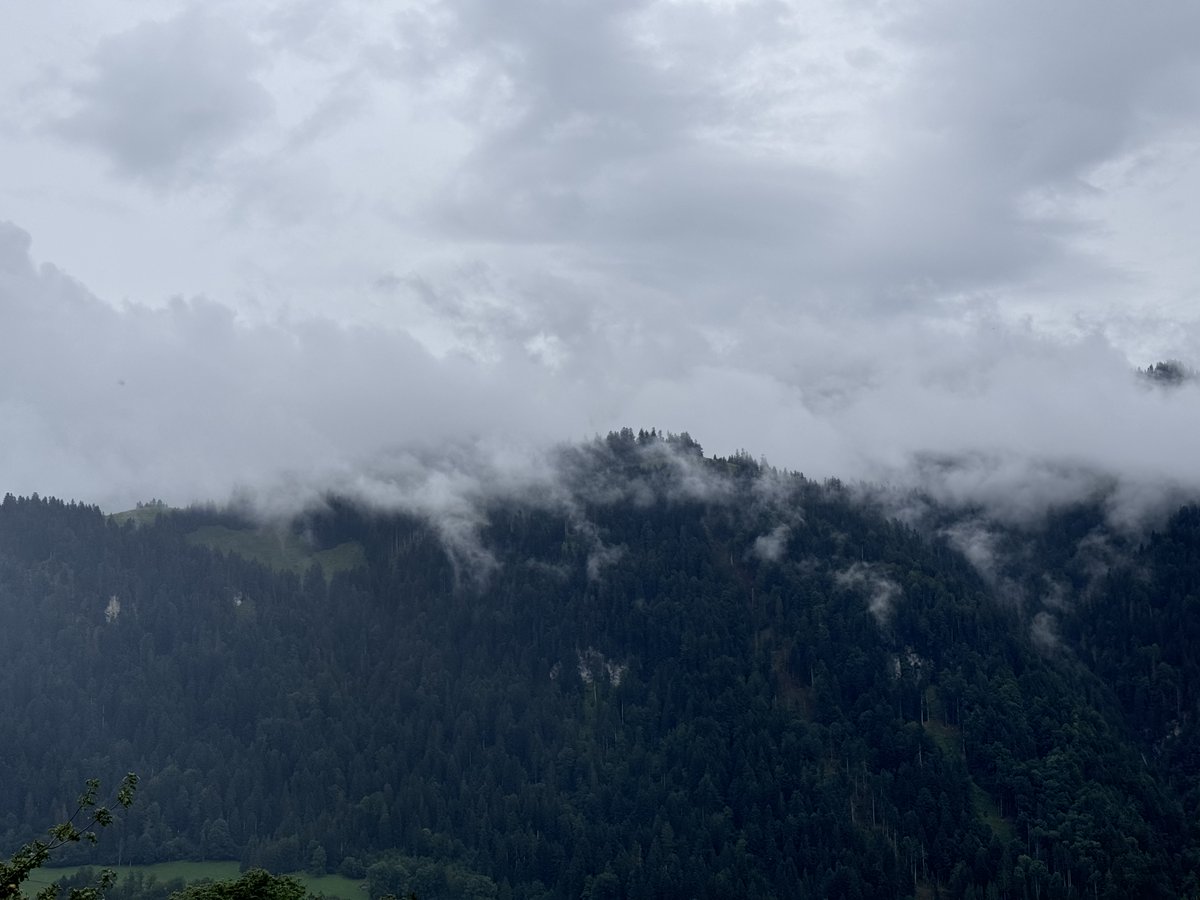
Jarmo Holopainen
@jkholopainen
Professor Emeritus of Applied Ecology @UniEastFinland
Born at 312 ppm CO2
ID: 3246256103
https://uefconnect.uef.fi/en/person/jarmo.holopainen/ 11-05-2015 13:09:54
562 Tweet
234 Followers
108 Following






#Peatlands cover 3% of Earth's land but store twice as much carbon as forests But some 15% of these unique ecosystems have been drained for agriculture, forestry & urban development. This causes: ⬇️subsidence 🔥fire risk 🌡️increased greenhouse gas emissions Via UNESCO World Water Assessment Programme (WWAP)


.Satu Hassi 💙💛'lta loistava Facebook-postaus turvetuotantoa vastustavan ruotsalaisen Återställ Våtmarker -ilmastoliikkeen ja Elokapinan protestista. --> facebook.com/share/WRhHZYUx…



Study with Michael Giolai out now in Science Magazine 🥳🥳! We find evidence for a trade-off between investment in molecular defense repertoires and growth in wild plants but not in agricultural plants science.org/doi/10.1126/sc… European Research Council (ERC) Suomen Akatemia | Research Council of Finland Swiss National Science Foundation Research Centre For Ecological Change

My review on volatile compounds in Arctic ecosystems was just published in Annual Reviews. It's a must-read if you're curious about why tundra plants smell strongly on sunny days & which gases besides CO2 and methane are released from thawing permafrost. go.shr.lc/3X1j8QX












